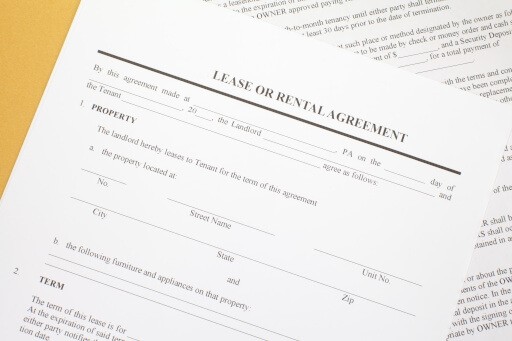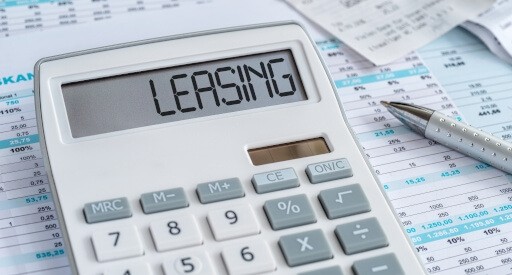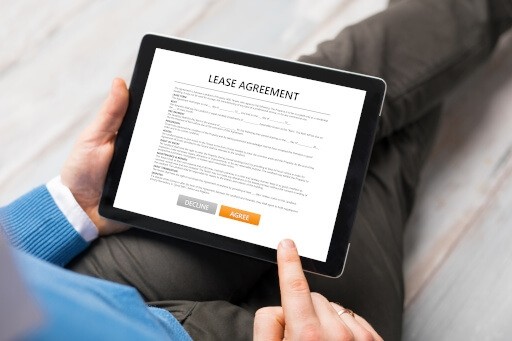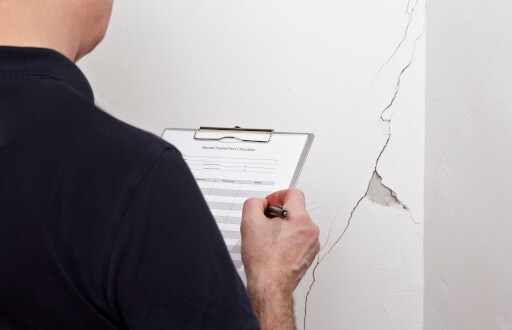As a landlord, having your rental property vacant for an extended period can be a real nightmare. You want to be sure that you’re maximizing the time a renter is in your property, not only for profit, but because managing several different short-term leases can become stressful. So how can you ensure that your property stays occupied for as many days as possible? Set specific move-in/move-out times.
Every lease will specify the exact date at which one tenant moves out and their lease expires and when another tenant may move in and their lease term begins, but why not take it even further? By specifying a set time for a tenant to move out, such as 11:00 AM, and when the next tenant may move in, say 1:00 PM the following day, you can maximize your lease terms and help your renters plan their move in the process. So when a 12-month lease ends, specify the time at which it ends, not just the day.
How to Specify Move-In/Move-Out Times
You should always try to create back-to-back leases so that you have a paying tenant in your property as many days out of the year as possible. Ideally, when one lease ends, a new one should start the next day. Move-in/move-out times are not uncommon. Take a hint from hotels. They specify check-in/check-out times and charge by the night, rather than by the day. Your rental property is a far cry from a hotel, but it helps to understand the importance of time management when it comes to lessees.
To minimize the time a unit sits vacant while still leaving you enough time to turn the property over, you can include a clause like this in your lease:
“TERM. Landlord rents to Tenant(s) and Tenant(s) rents from Landlord the above described Premises together with any and all appurtenances thereto, for a lease term of TWELVE (12) MONTHS, beginning at 2:00 PM on JUNE 1, 2014 and ending at 10:00 AM on MAY 31, 2015. This Residential Lease Agreement has the option to be renewed for a term period to later be determined, if both parties equally consent.”
When you generate a lease with Apartments.com, you're able to customize these clauses to fit your property and your standards. As a landlord, it's up to you to decide whether you simply give a move-in date or specify a time slot during which the tenant can arrive and receive keys. Some tenants may even prefer to have a set move-in/move-out time along with lease start and end dates. It’s a familiar concept, and it may help them schedule their move more efficiently if they have a specific timeframe to work within.
How to Handle Repairs with Minimal Time
Setting move-in and move-out times could possibly make your role as a landlord a bit more stressful, because it’s your job to allow enough time to make repairs, clean, and paint the interior of the property before a new tenant moves in. This can be a lot to handle when you have back-to-back leases. The trick is allowing enough time to accomplish all preparatory work, and not waiting until the last minute for something that can be done during a tenancy.
For example, a doorknob can be fixed while your tenants are there. However, a thorough, floor-to-ceiling cleaning and paint job (where necessary) can only be done when the property is empty. Assuming that your tenants don’t holdover the property, and that you’ve scheduled contractors (or yourself) accordingly, creating this time buffer guarantees you at least 24 hours to clean, paint rooms, change locks, etc., without losing any rent.
Hopefully any large repairs to essential systems such as the HVAC, plumbing, and electrical were handled during the previous tenancy. But if you find yourself stuck with a day to make repairs and a larger job than you expected to tackle, make sure you prorate your new tenant’s rent accordingly if the problem prevents them from moving in.
Other Things to Consider
On top of repairs and cleaning, make sure you allow enough time to do a thorough walkthrough before your current tenant moves out, and before your new tenant moves in. This is a vital process that can save both you and your renter money and a headache down the line. Make sure to take pictures of any damage, and to document both walkthroughs with a comprehensive checklist that you can save for future reference.
Setting specific move-in and move-out times can really help you decrease your vacancy and smooth out your tenancy turnover. Just remember to allow enough time for repairs in between tenants and be understanding if your deadlines aren’t met. Things happen!











